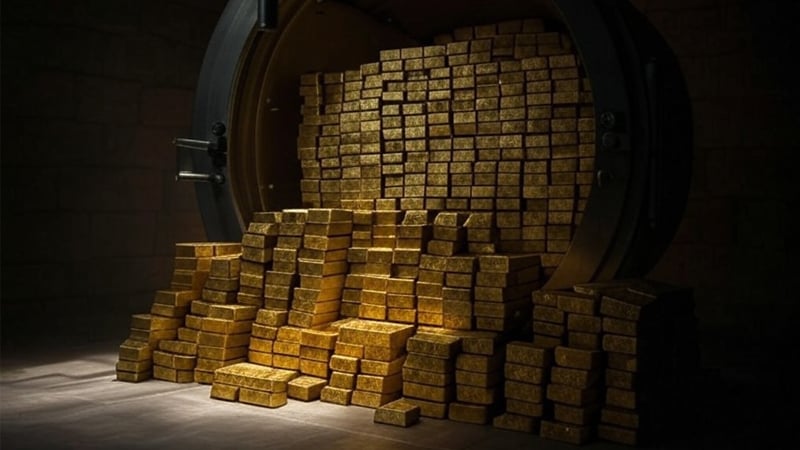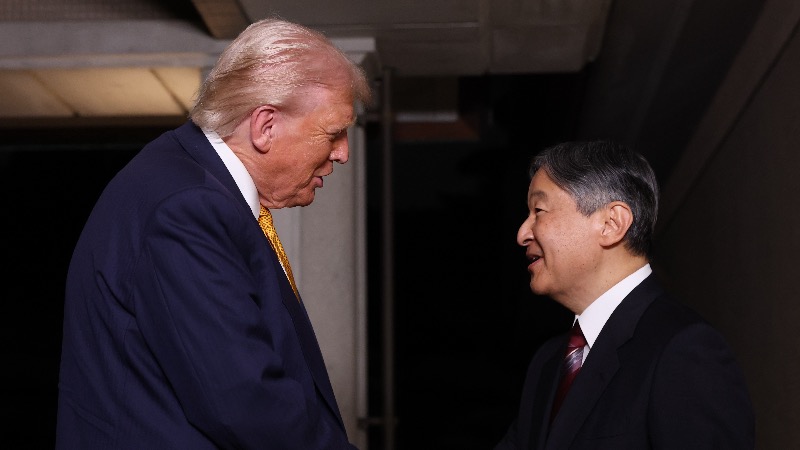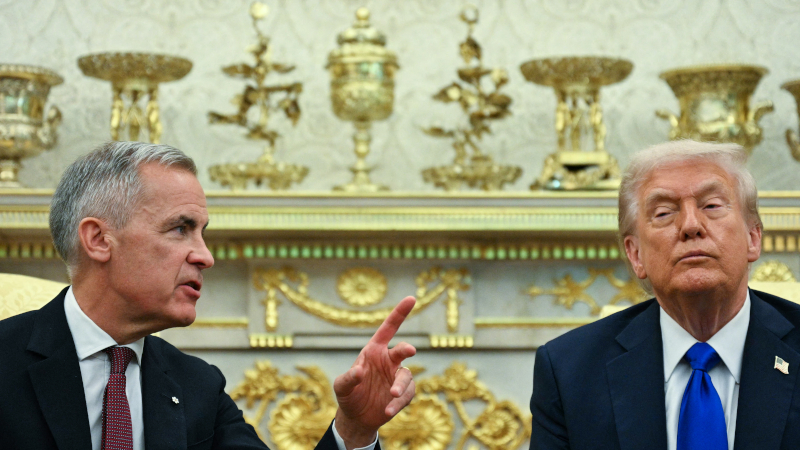 Image Credit: AI
Image Credit: AI On Friday’s episode of The Peter Schiff Show, Peter examines gold’s recent push through $4,000 and what it signals about inflation, the Fed, and market psychology. He walks through how the financial press misreads precious-metals flows, parses the latest CPI (Consumer Price Index) data, and connects rising prices to policy failures — then calls out another example of government overreach when the state starts acting like an investor.
He begins by noting that the $4,000 level failed to act as the kind of psychological ceiling many expected, which to him is a meaningful sign of market conviction:
It’s not like we ran into resistance at $4,000, which is what a lot of people would expect at a big round number like that. I mean, typically, psychologically, you get resistance. We had it at $2,000 gold. We had it at $3,000 gold, though not quite as much as we had at $2,000. But a lot of people would have expected that $4,000 to be some type of resistance that could cause a pullback.
He reads that breakout as a bullish signal and is equally interested in how the financial media frames it — often in ways that downplay the case for sound money:
So I think we’re headed a lot higher. I think the fact that gold went above $4,000 is a very bullish sign. But what’s also very bullish to me is how the media, the financial media in particular, is covering gold’s rally. And more important, it’s declined because they’re treating it like this is the end of some kind of speculative mania. In fact, I was watching on CNBC today and they reported some news that came out from the inflows to GLD.
He digs into those GLD (SPDR Gold Shares) flows and rejects the idea that inflows mean the top is in — instead seeing them as evidence of growing institutional recognition of inflation risk:
And there were very substantial inflows finally in the GLD over the last four months. And that contrasts sharply with the earlier part of the year and all of last year where we had massive outflows out of GLD. Now, the way they covered it was, aha, this probably shows you that it’s the top of a mania because the investors were chasing gold at the highs, as if we’ve seen the highs. We haven’t seen the highs. But according to CNBC, maybe we have because the investors got suckered into the market and bought the highs.
Peter then turns to the official inflation report, walking listeners through the September CPI print and why the month-over-month change matters as much as the year-over-year rate:
They released earlier this morning the CPI numbers for September. And consumer prices rose 0.3 on the month, which was a bit below the consensus of 0.4. But the more significant number is that year over year, CPI is up 3%. Now that’s one tenth of a percent hotter than the prior month, slightly below the 3.1% that analysts had expected. But what’s more significant is the sequential number going up.
He links that data to a broader picture of unsound policy: surging public and private asset prices, rising debt, and a Fed apparently poised to cut rates — a combination he says will feed, not tame, inflation:
And with exploding debt, with record high stock prices, record high gold prices, and a CPI that is 50% above target, especially given the fact that the CPI understates the increase in prices by design. So if prices are rising officially by 3%, unofficially they’re rising by at least 6%. Yet the Fed is about to cut rates throwing gasoline on the inflation fire that, of course, it lit.
Finally, he warns about the slippery slope when government abandons its constitutional role and starts putting public money into private enterprises — an encroachment he says undermines both markets and liberty:
The government was going to take this money and invest it in these private companies, which again is totally unconstitutional. There’s nothing in the US Constitution that authorizes the US government to make investments in private companies on behalf of the US government. That’s not what the government’s there to do. The government’s not supposed to invest our money. We’re supposed to invest our own money, right?
Be sure to check out Peter’s recent interview on Kerry Lutz’s Financial Survival Network!


